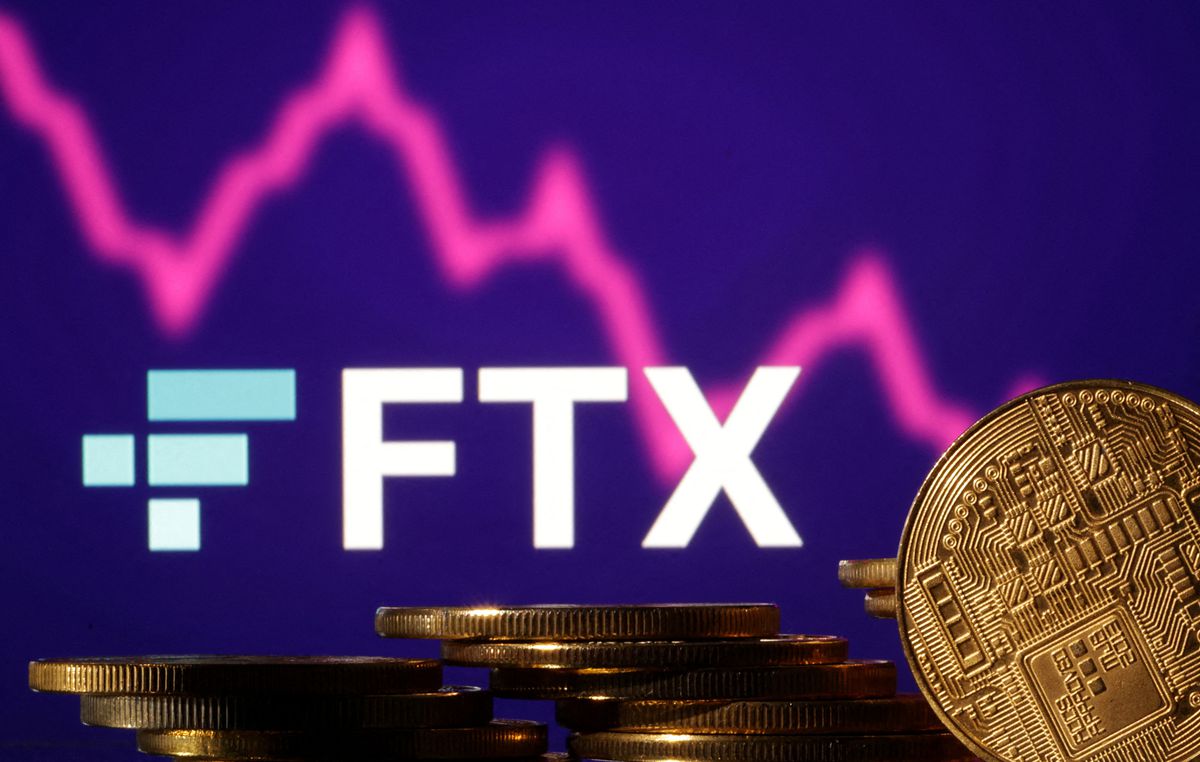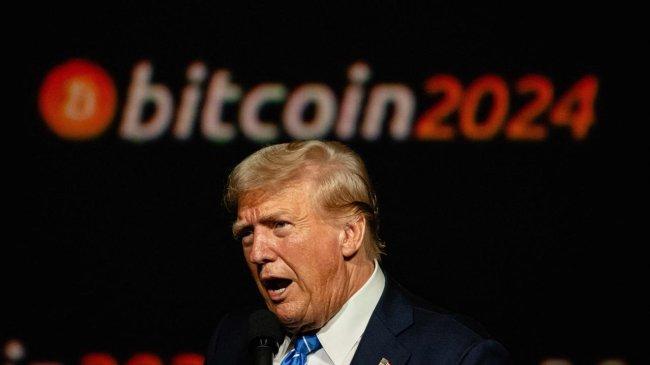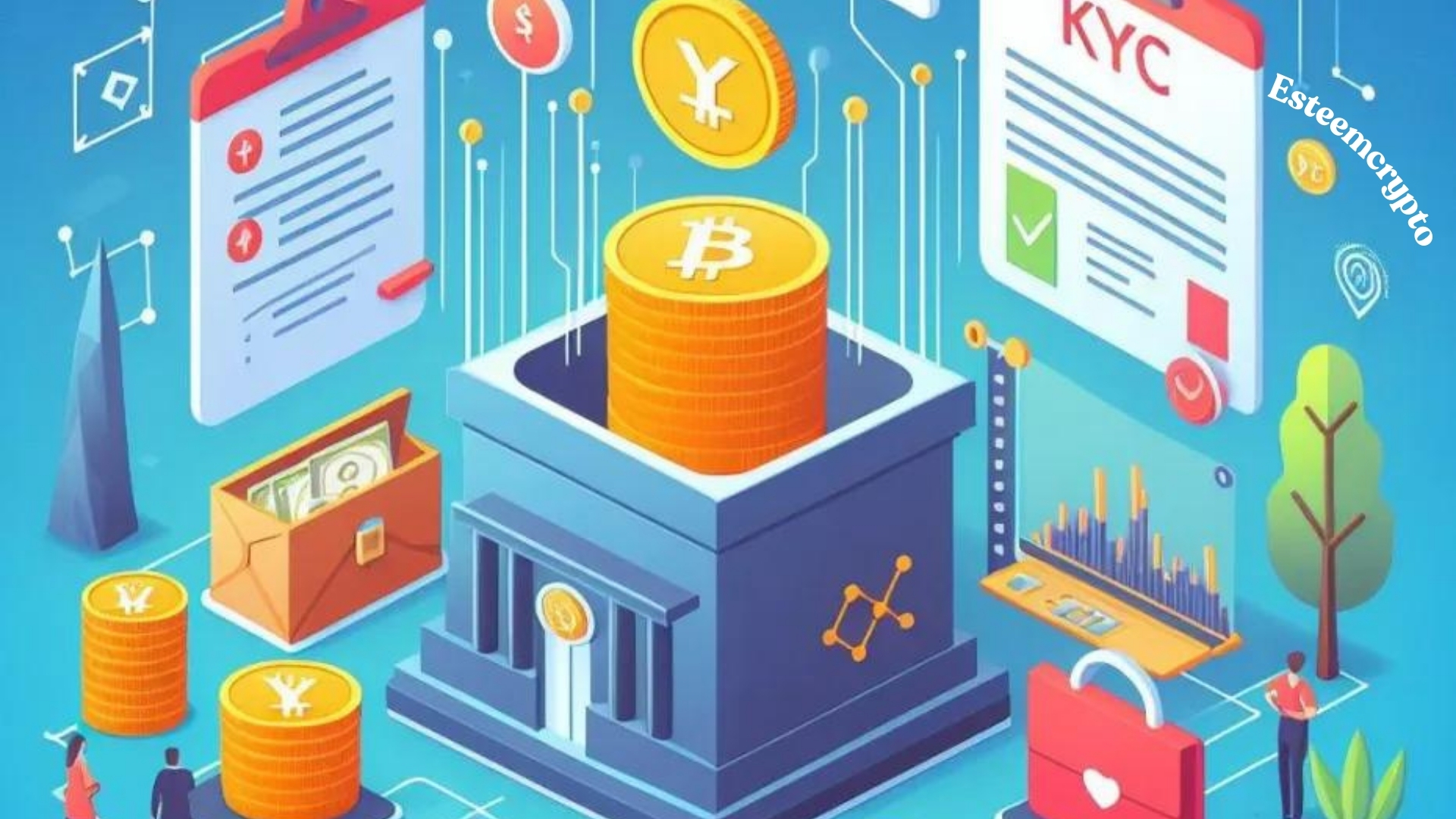FTX to Begin $16 Billion Payouts to Creditors!

FTX to Begin $16 Billion Payouts: FTX was once a big name in the crypto world, known for its innovative approach and rapid growth. However, in 2022, the company faced a catastrophic collapse due to allegations of financial mismanagement and a lack of transparency. This led to a massive loss of trust among investors and users, ultimately forcing FTX to file for bankruptcy. Many individuals and institutions who had funds tied up in the platform were left in limbo, wondering if they would ever see their money again David Siemer: Bitcoin Prices to Reach $200,000.
Since the collapse, FTX’s new management team has been working tirelessly to recover assets, untangle the complex web of claims, and develop a fair repayment plan. This $16 billion payout marks a significant milestone in their efforts to address the fallout and restore some confidence in the crypto industry.
Who Will Get Paid?
The payouts will go to people and companies who are creditors. This includes individual investors, institutional clients, and other entities that FTX owes money to. However, the process is not straightforward. Each claim must be carefully reviewed and validated to ensure that payments are accurate and fair. This means creditors might need to provide additional documentation or proof of their claims before receiving their share of the funds.
How Is the $16 Billion Being Recovered?

FTX’s recovery efforts have involved tracing and reclaiming assets that were tied up in various investments, partnerships, and accounts. The company has also been working with legal teams and financial experts to identify misappropriated funds and pursue legal action where necessary. Additionally, FTX has been selling off non-core assets and liquidating investments to generate cash for the repayment plan.
Why Is This Important?
This payout is a big deal for several reasons. First, it demonstrates that even in the volatile and often unpredictable world of cryptocurrency, there is a path to accountability and resolution. Second, it sets a precedent for how similar cases might be handled in the future, showing that companies can and should take responsibility for their financial obligations. Lastly, it provides a glimmer of hope for those who have been negatively affected by the collapse, offering some financial relief after months of uncertainty.
What Happens Next?
The company will follow a structured plan to distribute the funds. Creditors will be notified of their eligibility and the steps they need to take to claim their payouts. This process is expected to unfold in phases, with priority given to certain categories of creditors based on the repayment plan approved by the courts. While the exact timeline for the payouts remains unclear, FTX has committed to providing regular updates to keep creditors informed.
In the meantime, stakeholders are encouraged to stay vigilant and ensure they follow all official communications from FTX. Scammers may try to take advantage of the situation, so it’s important to verify any information and avoid sharing sensitive details with unverified sources.
Conclusion
The FTX saga has been a wake-up call for the cryptocurrency industry. It highlights the importance of transparency, proper governance, and robust regulatory frameworks to protect investors and maintain trust. As the industry continues to evolve, lessons learned from FTX’s downfall will likely shape future policies and practices. This $16 billion payout is a significant step forward, not just for FTX and its creditors but for the broader crypto ecosystem. While the road to recovery is far from over, this development offers a chance to rebuild trust and move toward a more stable and accountable FTX to Begin $16 Billion Payouts future for digital finance.
[sp_easyaccordion id=”4229″]




